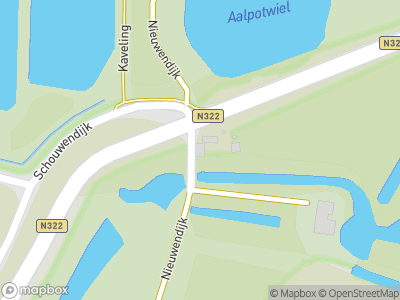The Poederoijense Sluis sluice with drainage elements is situated in an area where you can also find many other sluices, drainage canals, dikes and feeder canals. This sluice was used as a means to allow water from the river Maas to inundate Bommelerwaard below the Meidijk dike in a controlled manner. Special remnants of this sluice can still be seen today.
Hollandse Waterlinie, the Dutch Inundation Line
Striking were the inner and outer drainage pools of Brakel. For a long time, three watermills were used for the drainage of Brakel. The mills were later replaced by a steam-driven pumping station: the Mansveldergemaal. This 19th century pumping station symbolised the collaboration between the villages as far as drainage was concerned.
The polder water would be gradually pumped up so that water could still be drained at higher river levels. The water flowed from the inner to the outer drainage pool via the Binnensluis sluice. In the outer drainage pool the water flowed via a stream and a floodgate – the Brakel double-lock gate – to the river Maas. Situated within a stone’s throw of this sluice was the outlet sluice of Poederoijen.
This sluice was used to inundate the Bommelerwaard. Water was drawn from several sources in the most sophisticated way, with the highest Maas levels always used to best advantage. The sluice allowed for Maas water to inundate Bommelerwaard below the Meidijk dike in a controlled manner, with water being drawn from several sources in the most sophisticated way. In this water system, the highest Maas levels were always used to best advantage.
In certain instances, the Poederoijense Sluis sluice would be closed to allow the inundation water to flow from the front drainage pool of the Mansveldergemaal pumping station to Poederoijense Hoek. For centuries, drainage via the Poederoijense Sluis sluice was enhanced by a watermill.
Opening up of the area
In addition to the special remnants of the drainage pool of Brakel and Mansveldergemaal pumping station, you can also find reminders here of the past drainage of the Poederoijen, De Prink (Zuilichem) and Brakel polders, as well as remnants of small old dikes, such as those of the Poederoijense Achterdijk dike.












